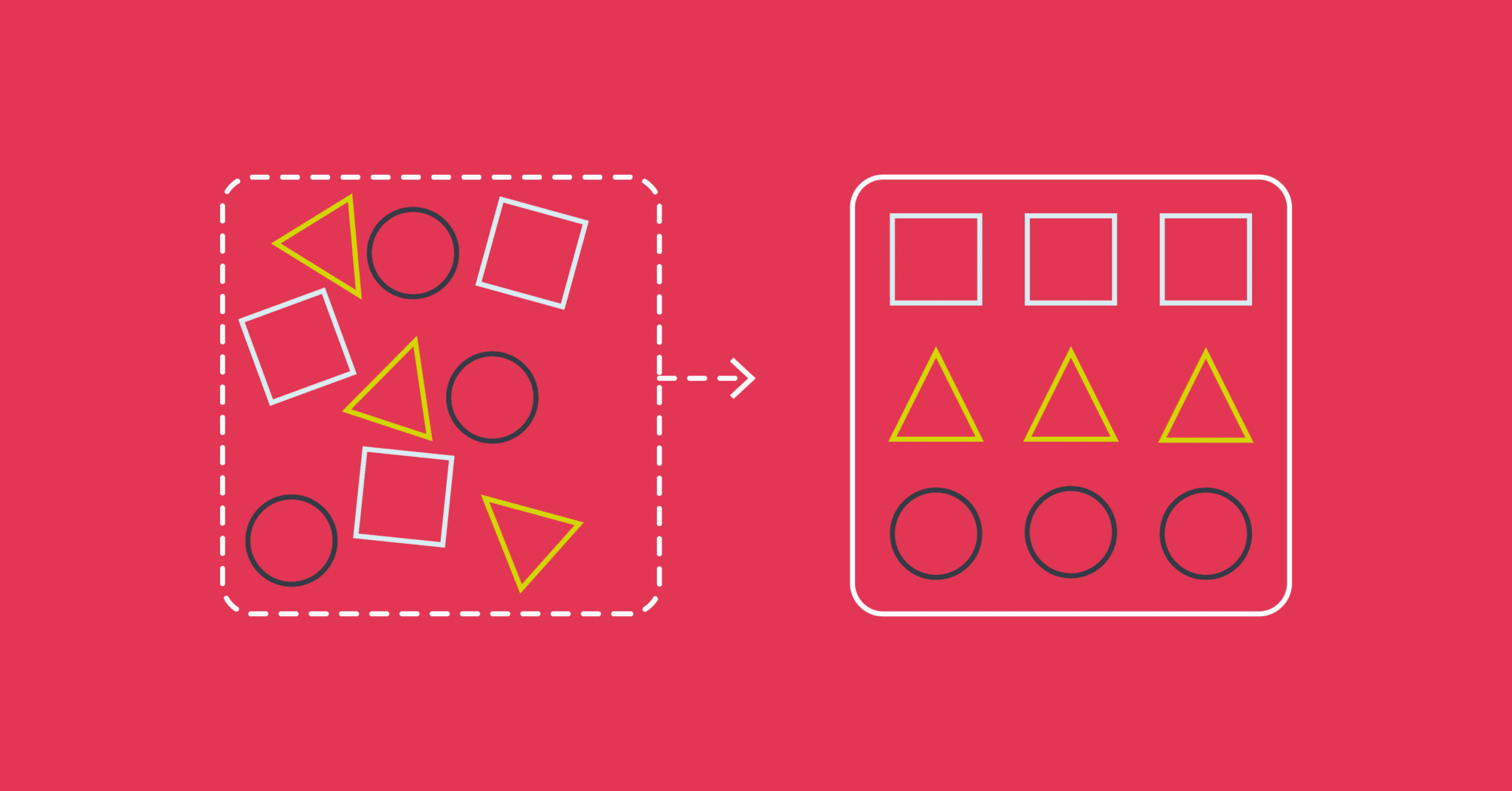
Updated on by Hayley Brown
Data transformation is an important process for any business, but especially important for those who receive a high volume of data from multiple sources. As they need to make sense of the information to make informed decisions.
Data Transformation Explained
TechTarget defines how “transformations typically involve converting a raw data source into a cleansed, validated and ready-to-use format.” Therefore the purpose of data transformation is to convert, clean, and order data into a form that can be studied to inform decisions and foster corporate development. This procedure is often necessary when data must be adapted to fit the goals of a target system.
For example, converting a database file or Excel spreadsheet, into something else.
Why is Data Transformation necessary?
Data transformation is an important process in regard to data management and other processes such as data integration, migration, warehousing and preparation.
As well as being a core component for any organisation seeking to leverage its data to generate timely business insights.
How is it performed?
The data transformation process is also referred to as ETL. ETL stands for extract, transform and load. It is a data integration process that moves data from a source or multiple to a data warehouse.
The ETL process is broken down into three phases. The extraction phase involves identifying and retrieving data from multiple sources that produce data and moving it all into a single repository such as a database.
This raw data is then cleansed if necessary. This transformation could look something like changing data formats, removing duplicates and enriching source data. The data will then be transformed into the desired format that can be drawn into a target destination such as a data warehouse. Then it can be used in business intelligence and analytic apps.
Data Transformation Examples
Types of data transformation:
- Aggregation is the transformation process of data that is collected from multiple sources and stored in a single format. For example, importing all your marketing analytics data into a single view dashboard.
- Attribute construction is where new attributes are added or created from existing attributes.
- Discretisation involves converting continuous data values into sets of data intervals with specific values to make the data more manageable for analysis.
- Generalisation is where low-level data attributes are converted into high-level data attributes. For instance, converting specific data about age groups into more general attributes such as young or old. This process provides a more comprehensive view of the data.
- Integration is a data transformation process that involves combining data from multiple different sources into a singular view. For instance, building an integration workflow to add a new customer to a CRM, and then updating marketing contacts for email communication.
- Manipulating data is when it is changed to make it much more readable, understandable and organised.
- Normalisation is the data transformation process that converts source data into another format. This process should limit duplication.
- Finally, smoothing is designed to reduce and remove distorted and meaningless data from the dataset. Detecting modifications to the data can help to efficiently identify patterns and trends in the data.
Benefits and Caveats
- Improved data quality
- Better data organisation and management
- Increased query speed
- Data is more usable for business intelligence
While data transformation can present many benefits to an organisation there are a couple of caveats to consider.
Data transformation can be expensive and resource intensive. It is therefore vital that you plan appropriately and have the right data transformation tools in place. The data transformation process also needs to have developers or engineers performing the task who understand the business context to reduce the risk of errors and ensure the data isn’t misinterpreted.
To conclude, getting data organised can seem like a daunting task. However, with the right planning, processes and understanding it is possible to transform your organisation’s data. As a result, you’ll start to drive and implement a data-driven culture.